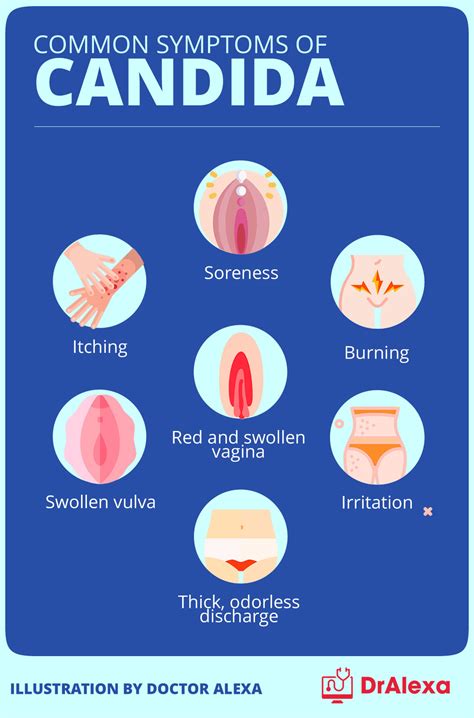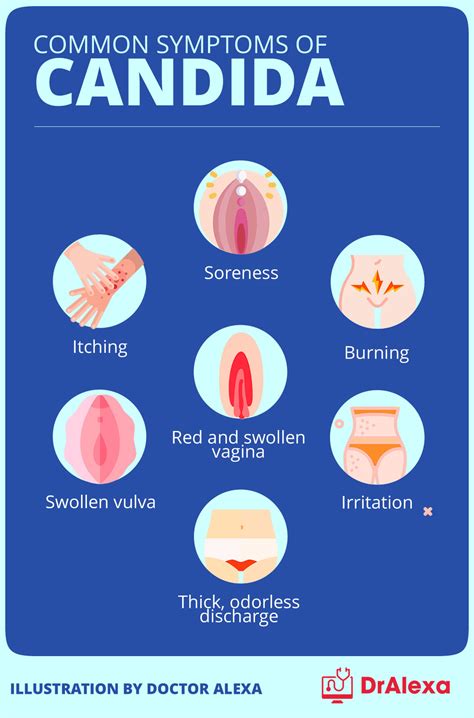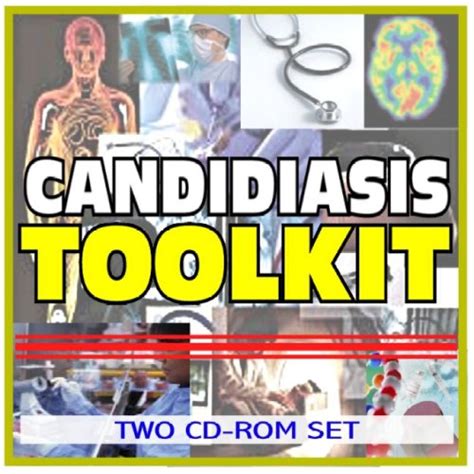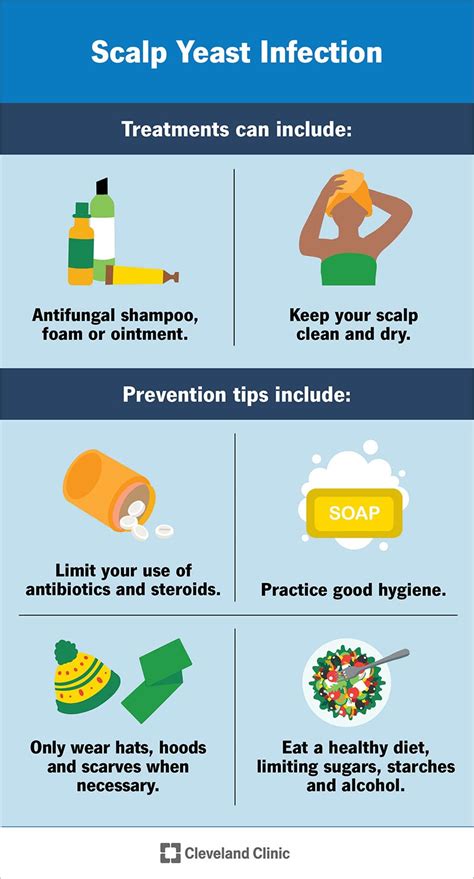Intro
Identify Candida yeast infection symptoms, including thrush, digestive issues, and fatigue. Learn about causes, treatments, and natural remedies to combat fungal overgrowth and restore balance to your gut health and immune system.
The prevalence of candida yeast infections has become a significant concern in recent years, affecting millions of people worldwide. Candida, a type of fungus, is naturally present in the human body, but an overgrowth can lead to a range of symptoms, from mild to severe. Understanding the symptoms of candida yeast infections is crucial for early detection, diagnosis, and effective treatment. In this article, we will delve into the world of candida yeast infections, exploring the causes, symptoms, and treatment options available.
Candida yeast infections can affect various parts of the body, including the mouth, throat, vagina, skin, and intestines. The symptoms of candida overgrowth can vary depending on the location and severity of the infection. Some common symptoms include itching, redness, and discharge in the affected area. In addition to these physical symptoms, candida overgrowth can also lead to mental and emotional symptoms, such as anxiety, depression, and mood swings.
The importance of recognizing candida yeast infection symptoms cannot be overstated. If left untreated, candida overgrowth can lead to more severe health issues, including digestive problems, fatigue, and weakened immune systems. Furthermore, candida yeast infections can be a sign of an underlying health issue, such as a hormonal imbalance or a compromised immune system. By understanding the symptoms of candida yeast infections, individuals can take proactive steps to prevent and treat these infections, promoting overall health and well-being.
Causes of Candida Yeast Infections

Factors that Contribute to Candida Overgrowth
Some of the key factors that contribute to candida overgrowth include: * Weakened immune system * Hormonal imbalances * Antibiotic use * Diet high in sugar and refined carbohydrates * Stress * Lack of sleep * Poor hygiene These factors can disrupt the balance of the body's natural flora, allowing candida to overgrow and cause an infection.Symptoms of Candida Yeast Infections

Oral Candidiasis
Oral candidiasis, also known as thrush, is a type of candida yeast infection that affects the mouth and throat. The symptoms of oral candidiasis include: * White patches or lesions on the tongue, gums, and inner cheeks * Redness and inflammation of the mouth and throat * Difficulty swallowing or eating * Bad taste or odor in the mouth * Soreness or burning sensation in the mouth and throatTreatment Options for Candida Yeast Infections

Natural Remedies for Candida Yeast Infections
Some natural remedies that can be used to treat candida yeast infections include: * Tea tree oil, which has antifungal properties * Garlic, which has antifungal and antibacterial properties * Coconut oil, which has antifungal properties * Apple cider vinegar, which can help to balance the body's pH levels * Yogurt, which contains probiotics that can help to promote a healthy gut floraPrevention of Candida Yeast Infections

Importance of a Healthy Diet
A healthy diet is essential for preventing candida yeast infections. Some foods that can help to prevent candida overgrowth include: * Leafy green vegetables, such as spinach and kale * Fresh fruits, such as berries and citrus fruits * Whole grains, such as brown rice and quinoa * Lean proteins, such as chicken and fish * Healthy fats, such as avocado and olive oilConclusion and Final Thoughts

We invite you to share your thoughts and experiences with candida yeast infections in the comments section below. Have you or someone you know been affected by a candida yeast infection? What steps have you taken to prevent and treat this condition? Your feedback and insights can help others who may be struggling with this issue.
What are the common symptoms of candida yeast infections?
+The common symptoms of candida yeast infections include itching, redness, and discharge in the affected area, white patches or lesions on the skin or mucous membranes, and digestive problems such as bloating, gas, and diarrhea.
How can I prevent candida yeast infections?
+To prevent candida yeast infections, practice good hygiene, eat a healthy diet that is low in sugar and refined carbohydrates, avoid antibiotics and steroids, manage stress, and get enough sleep.
What are the treatment options for candida yeast infections?
+The treatment options for candida yeast infections include antifungal medications, probiotics, and dietary changes. Antifungal medications, such as fluconazole and clotrimazole, can be prescribed to treat candida yeast infections. Probiotics and dietary changes can also help to promote a healthy gut flora and prevent candida overgrowth.
